Talking Cents
|
December November October September August July June May April March February January |
How to Implement Cost-Cutting Measures for Your Small BusinessRunning a small business can be a challenging endeavour, especially when trying to maintain profitability. One way to improve the financial health of your small business is to implement cost-cutting measures. Here are a few ways to reduce expenses and increase profits.
Review your expenses Review your expenses regularly to identify any unnecessary or excessive costs. Look at your expenses for the past few months and categorise them into essential and non-essential expenses. Essential expenses are those that are necessary for the operation of your business, such as rent, utilities, and salaries. Non-essential expenses are those that are not necessary for the operation of your business, such as subscriptions, memberships, or luxury items. Identify any expenses that are not essential and cut them out. If cutting them out is not possible, modify or decrease those expenses by reducing your company’s usage of those services or products.
Negotiate with suppliers If you have been using the same suppliers for a while, it may be worth negotiating with them for better rates. Suppliers are often willing to negotiate with long-term customers, especially if you have been paying your bills on time. Look for ways to reduce costs, such as buying in bulk or using a cheaper alternative product.
Reduce overheads Look for ways to reduce overheads, such as switching to energy-efficient lighting or using virtual assistants instead of in-house staff. Consider outsourcing non-core functions such as IT or accounting, which can be expensive to maintain in-house.
Leverage technology Using technology can help you automate processes and reduce costs. Consider using cloud-based software for accounting, invoicing, and inventory management. It is also a good idea to use online tools for collaboration, project management, and communication to reduce travel costs and increase productivity.
Evaluate your marketing efforts Evaluate your marketing efforts to identify any areas where you can cut costs. Consider switching to cheaper advertising channels such as social media, email marketing, or content marketing. You can also try to leverage your existing customers through referral programs or loyalty schemes.
Set financial goals Set financial goals and monitor your progress regularly. Use key performance indicators (KPIs) to measure your business's performance and identify areas where you can improve. This will help you stay focused to achieve your financial targets.
Monitor your cash flow Regularly examine your cash flow to ensure you have enough capital to cover the essentials. Use cash flow forecasting to predict future cash flow and identify any potential shortfalls. This will help you make informed decisions and take action to prevent cash flow problems. Implementing cost-cutting measures can help you save money and increase profits. It is essential to review your expenses regularly, negotiate with suppliers, reduce overheads, leverage technology, evaluate your marketing efforts, set financial goals, and monitor your cash flow.
Consider M.A.S. Partners For Your Small Business Accounting Needs: If you need help with your bookkeeping, tax filing, bank reconciliation, cash flow forecasting, or KPIs, consider using a professional accounting firm that specialises in small business accounting services. We are a team of professional small business accountants in Sydney that can help you implement cost-cutting measures and provide expert advice to help you achieve your financial goals. Click here to know more.
|




